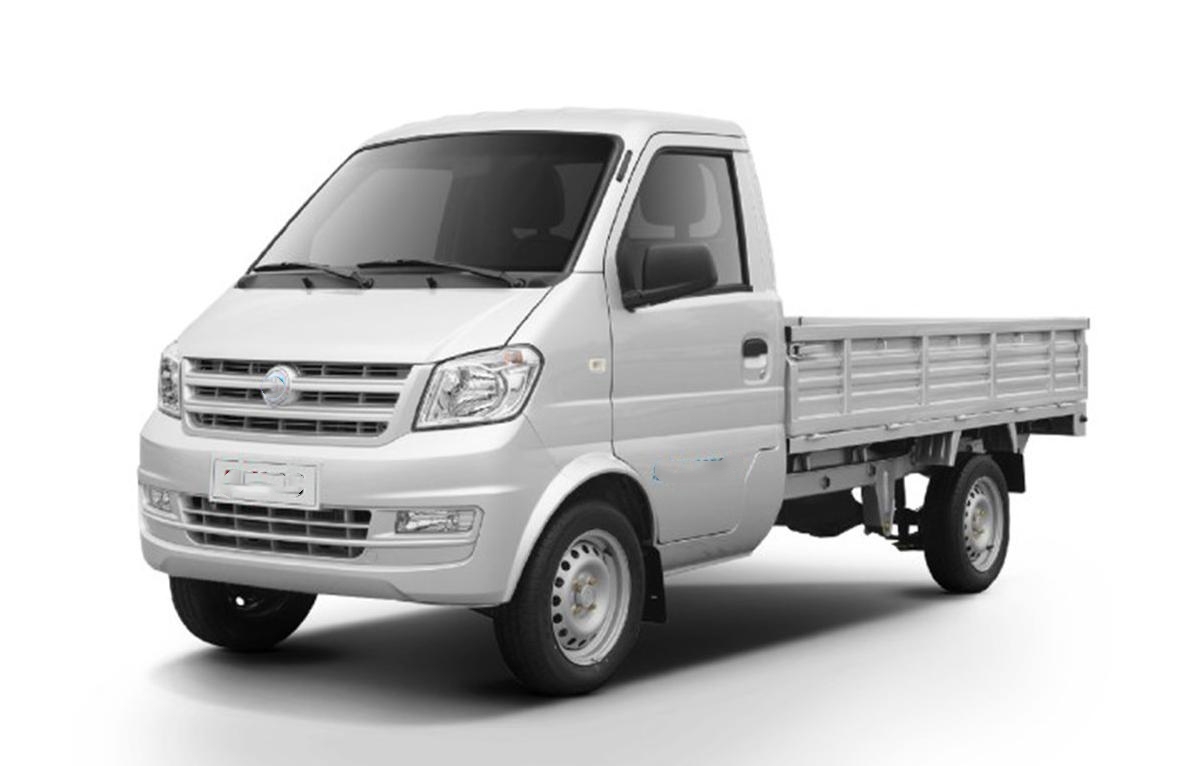In the automotive world, the emergence of pure electric vehicles has brought about a significant departure from traditional fuel – powered cars in many aspects, one of which is the absence of gears. Pure electric vehicles, powered by batteries, operate on a different principle compared to their gasoline – or diesel – powered counterparts. This difference in power source and the associated power system design is the key reason behind the lack of gears in pure electric vehicles.
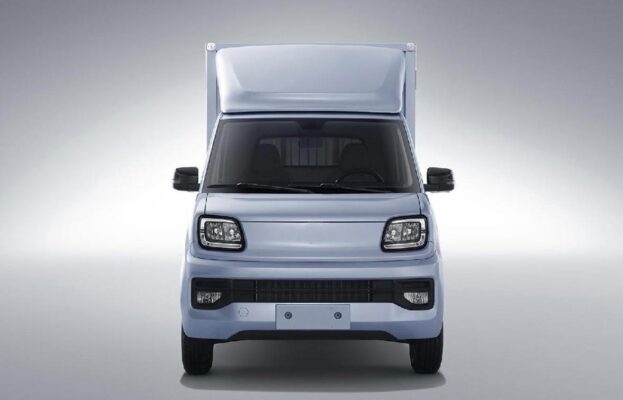
Why Do Pure Electric Vehicles Not Need Gears?
Pure electric vehicles don’t need gears because their power system structures are fundamentally different from those of traditional fuel – powered cars. In a traditional fuel – powered vehicle, the internal combustion engine has a relatively narrow range of efficient operation in terms of rotational speed. To be able to operate the vehicle at different speeds while keeping the engine within its efficient range, a mechanical transmission system with multiple gears is required. This transmission system adjusts the ratio between the engine’s rotational speed and the wheels’ rotational speed.
However, pure electric vehicles use electric motors to provide power. The electric motor is a highly versatile device in terms of its torque – speed characteristics. The output torque and speed of the electric motors can be precisely adjusted by the electric control system. This means that different speed requirements can be met simply by controlling the output power of the electric motors, without the need for a complex mechanical transmission system to make the adjustments.
The electric motor’s ability to operate efficiently across a wide range of speeds and torques is a major advantage. For instance, when starting from a standstill or during low – speed maneuvers such as parking, the electric motor can deliver high torque immediately without the need for shifting gears to a low – gear ratio. This is in contrast to a traditional engine, which may require a low – gear engagement to provide sufficient torque for starting.
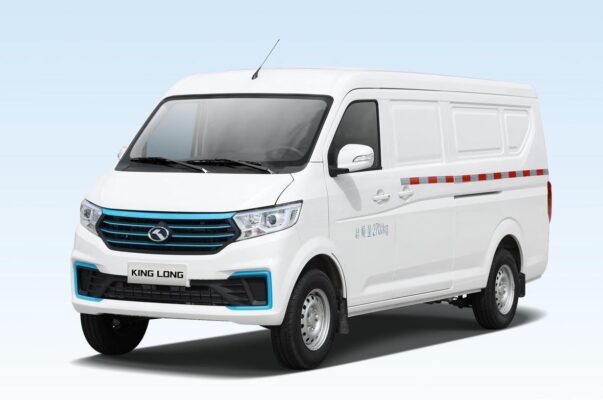
How Do the Electric Motors of Pure Electric Vehicles Achieve Different Speed Requirements?
The electric motors of pure electric vehicles are precisely controlled by the electric control system. This control system is a sophisticated piece of technology that allows for the manipulation of various parameters of the electric motor to achieve different output torque and speed requirements.
By changing parameters such as the current and voltage of the electric motors, different output torque and speed requirements can be achieved. The relationship between current, voltage, torque, and speed in an electric motor is based on fundamental electromagnetic principles. When the electric control system increases the current flowing through the motor windings, the magnetic field strength increases, which in turn results in a higher torque output. At the same time, by adjusting the voltage, the rotational speed of the motor can be controlled.
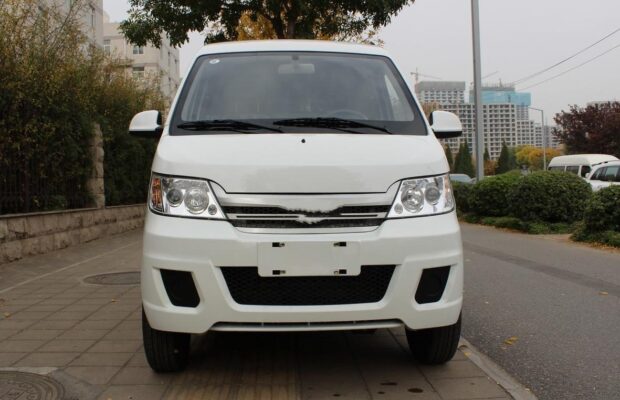
The electric control system can automatically adjust the output power of the electric motors according to the vehicle speed and the driver’s requirements to control the speed of the car. For example, during gentle acceleration, the control system may gradually increase the current and voltage to the motor in a coordinated manner to provide a smooth increase in speed. When the driver demands rapid acceleration, the system can quickly ramp up these parameters to deliver a high – torque, high – speed response. This electronic control method is very flexible and efficient, and can provide smooth acceleration and deceleration.
Moreover, this method also helps to improve energy utilization efficiency. Since the control system can optimize the motor’s operation based on the actual driving conditions, energy waste due to inefficient gear shifting or operating the motor outside its optimal range can be minimized. This is in contrast to traditional transmissions, where energy losses occur during gear changes due to friction and mechanical inefficiencies.

Why Do Pure Electric Vehicles Not Need Transmissions?
Traditional mechanical transmissions will have energy conversion losses when adjusting the driving force and speed. In a mechanical transmission, power is transferred through a series of gears, and during gear changes, there are frictional losses and mechanical inefficiencies. These losses can reduce the overall energy efficiency of the vehicle.
On the other hand, the electric motors of pure electric vehicles have high – efficiency performance in a wide speed range. Electric motors have a high – torque output at low speeds and a high – power output at high speeds. This unique characteristic allows electric motors to directly provide the required driving force and speed without the need for a transmission to adjust.
For example, consider a traditional vehicle climbing a steep hill. The driver may need to shift to a low gear to get enough torque to climb the hill. In this process, energy is lost in the gear – shifting mechanism. In a pure electric vehicle, the electric motor can simply increase its torque output by adjusting the current and voltage, without any need for a gear change. This not only reduces energy losses but also provides a more seamless driving experience.
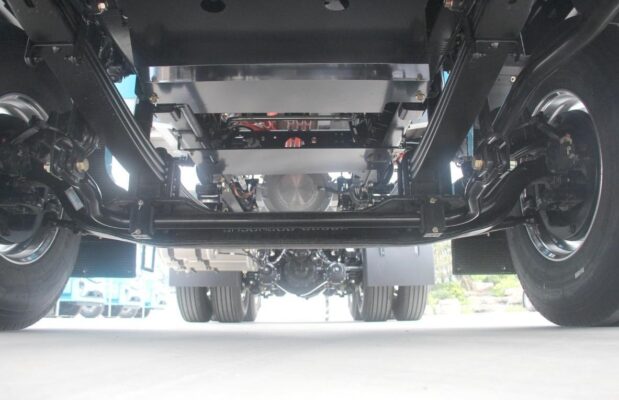
How Is the Driving Mode of Pure Electric Vehicles Achieved?
Pure electric vehicles usually adopt a single – speed driving mode, also known as the direct – driving mode. In this driving mode, the rotational speed of the electric motor has a linear relationship with the vehicle speed. This simple relationship is made possible by the direct connection between the electric motor and the wheels in most electric vehicle designs.
When the driver steps on the accelerator, the electric motor provides the corresponding torque output to achieve the acceleration of the vehicle. The amount of torque output is directly proportional to the degree of accelerator pedal depression, which is determined by the electric control system. This provides a very intuitive driving experience, as the driver’s input is directly translated into the vehicle’s acceleration.
When the driver releases the accelerator, the electric motor stops outputting torque, and the vehicle decelerates and stops. Some electric vehicles may also incorporate regenerative braking systems, where the motor can act as a generator during deceleration, converting the vehicle’s kinetic energy back into electrical energy and storing it in the battery. This further improves the energy efficiency of the vehicle.
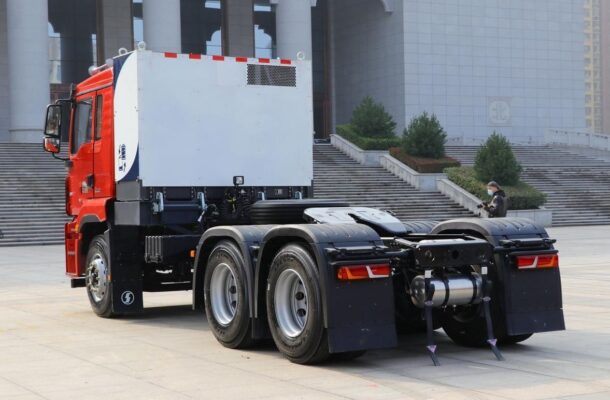
This simple and direct driving mode makes the operation of pure electric vehicles more convenient and intuitive. There is no need for the driver to worry about gear shifting, which simplifies the driving process. It also reduces the complexity of the vehicle’s drivetrain, leading to lower maintenance requirements compared to traditional vehicles with complex transmissions.
In conclusion, the reason why pure electric vehicles have no gears is due to the structure of their power systems and the efficient adjustment ability of their electric control systems. The output torque and speed of the electric motors can be precisely adjusted by the electric control system, and traditional mechanical transmissions are not needed to achieve different speed requirements. This simplified drive system not only improves energy utilization efficiency but also makes the driving of pure electric vehicles more convenient and intuitive. With the development of science and technology, the drive systems of pure electric vehicles are continuously optimized, and more diverse and advanced driving modes may emerge in the future. As the automotive industry continues to move towards electrification, understanding these fundamental differences in drive systems is crucial for both manufacturers and consumers alike.
